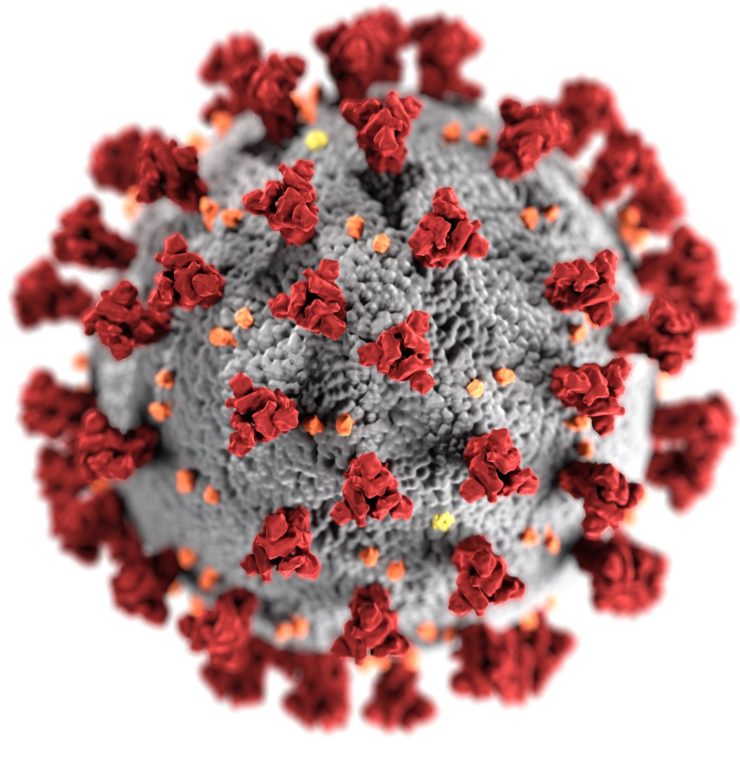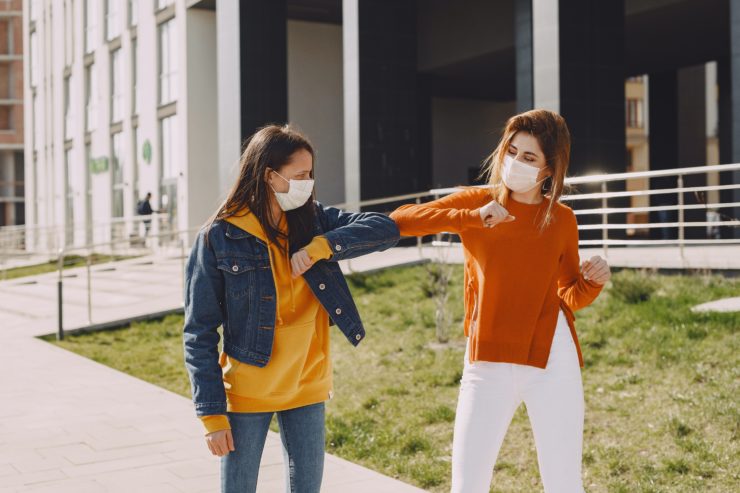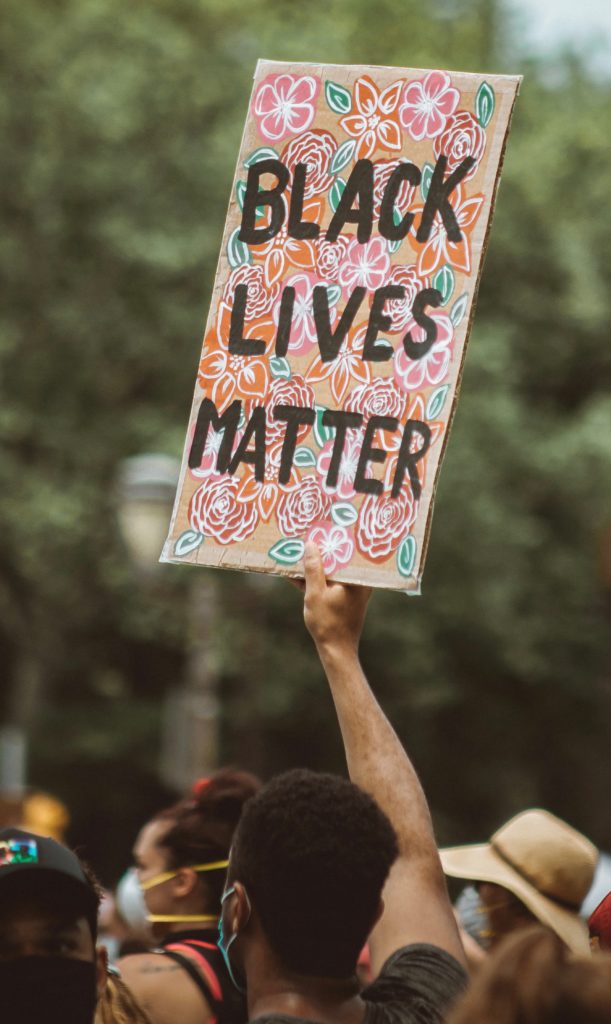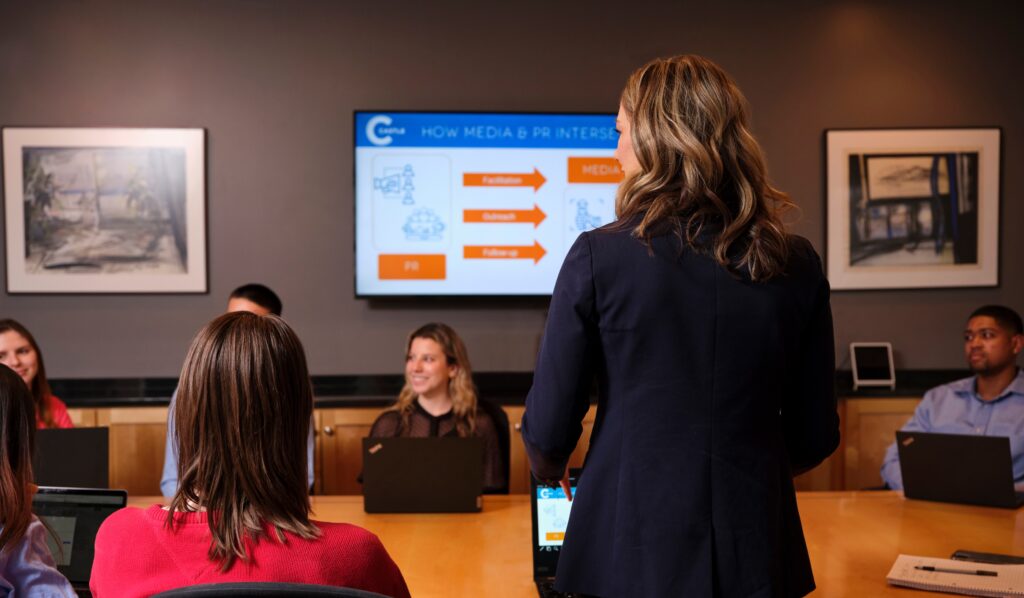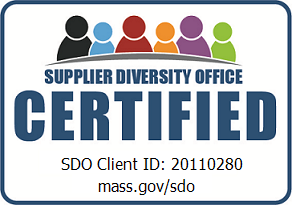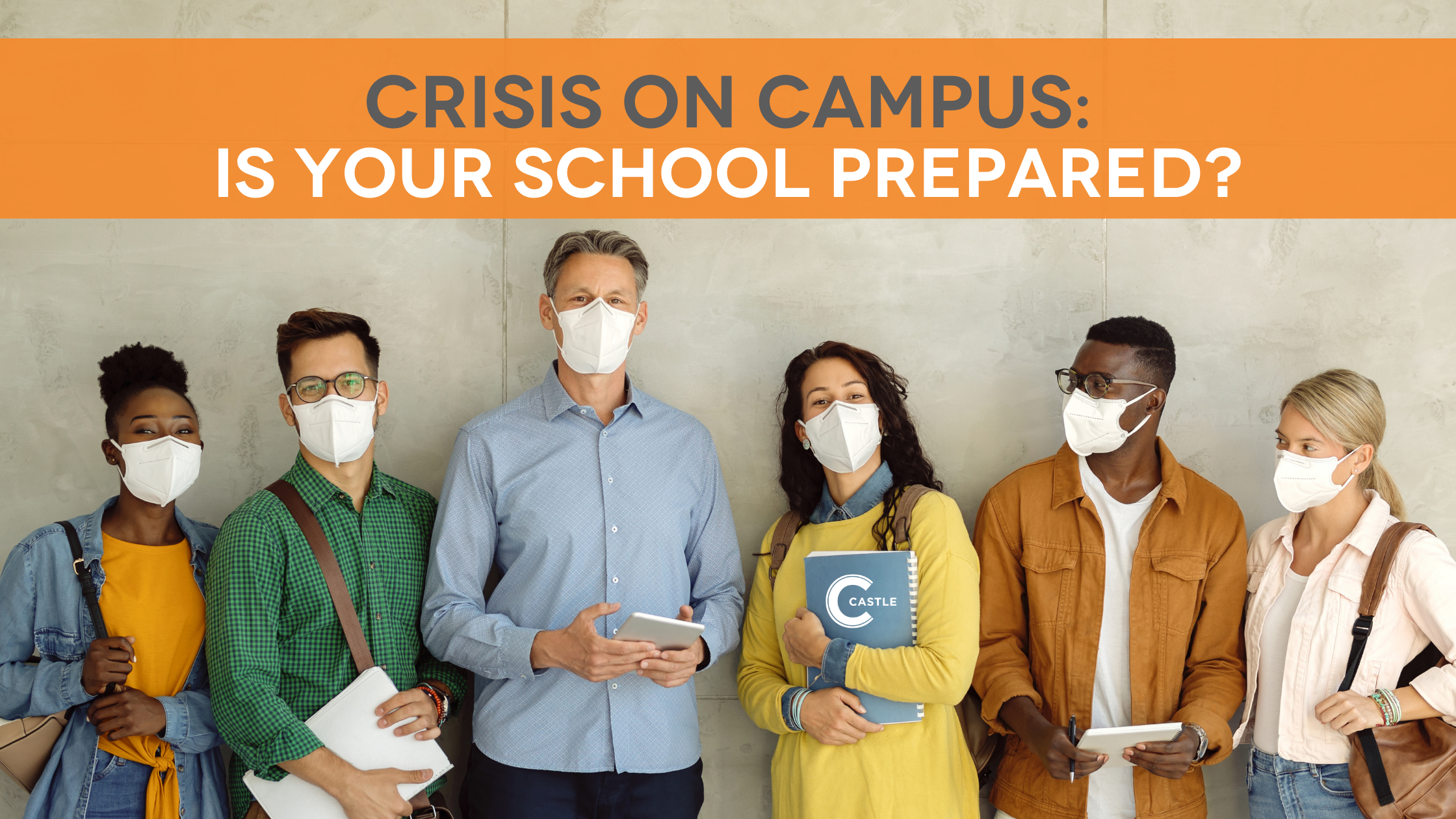
From the COVID-19 pandemic to the 2020 Presidential Elections, this school year is unlike any other. As students and faculty continue to adjust to a new academic year and environment, whether in-person on campus or virtually, it’s more important than ever before for colleges and universities to have a comprehensive crisis communications plan in place.
Senior administrators and officials must anticipate possible issues the school could encounter and consider strategies for both internal and external communications.
Listed below are just some of the considerations for higher education crisis communications plans.
The COVID-19 Pandemic
The school year has only just begun and there are already thousands of positive coronavirus cases linked to colleges in states across the nation.
The truth is, it’s highly unlikely that any institution will make it through this academic year without a positive COVID-19 case. When the inevitable does happen, higher education leaders have a small amount of time to appropriately and effectively communicate the situation with key stakeholders before the rumor mill starts. The last place any parent – or student, for that matter – should learn about an outbreak on campus is via a news outlet or in their social feed.
What happens if a faculty member is experiencing potential COVID-19 symptoms and/or tests positive for coronavirus? What happens if a student does?
While each scenario is different and requires a unique approach, the guidance of local public health officials is paramount. Leaders must rely on their directives and the institution’s own policies and procedures when it comes to communicating a positive COVID-19 case or scare.
Internal and external communications strategies will differ depending on whether you are disclosing a symptom-based scare before test results or a confirmed positive case. College and university leaders must also recognize and prepare for the differences in communicating information about positive diagnoses on campus or off, always keeping in mind the institution’s obligations to maintaining privacy. Regardless of whether it’s an employee or student in question, each key stakeholder – faculty and staff, students, parents and families, media, etc. – requires their own set of communications and a specific strategy for delivery.
Nonetheless, it’s not just positive coronavirus cases that college officials need to be prepared to address. The pandemic has brought a plethora of issues onto campuses, and with those comes a lot of unanswered questions.
Among the potential situations colleges and universities should keep in mind when crafting a COVID-19 crisis communications plan are:
Effectively communicating reopening plans and updates
We’ve already witnessed hundreds of colleges that have reversed or altered their original reopening plans, many shifting entirely remote for the fall semester due to the national health crisis. And with many public health experts projecting a second surge this fall and winter, it is possible that this trend will continue throughout the fall.
Announcing sports season cancellations and changes
When spring sports got wiped out at the start of the pandemic, many were optimistic that athletics would be “business as usual” by the time summer training was beginning for fall sports. However, in late summer many colleges and sports conferences began canceling or pushing back their fall seasons. Others cut certain athletic teams entirely, either because of budgetary issues or closures.
For many student-athletes, their top priority is getting back on the field or in the gym as soon as possible. And for fans eager to get back to cheering on their favorite team, they are anxiously awaiting final decisions from conferences and athletic directors regarding the return of college athletics.
With so many unknowns surrounding the fall sports season, many are already asking: what is going to happen to winter and spring sports?
Addressing student life – both on and off-campus
The coronavirus pandemic has upended nearly every aspect of normal life, and the college experience is no exception. It’s widely expected (and now documented) that the typical college experience – one filled with socializing, on-campus involvement, and more – would likely turn college campuses, communities, and towns into pandemic hot spots. Leaders must proactively and reactively address concerns relating to student life – both on and off-campus.
When it comes to communicating concerns and restrictions related to student life, each audience has different questions and needs to address. Parents want to know how the school is keeping their children safe. Students are seeking answers around when they will be able to socialize again, whether it’s at a party or with peers during a university club meeting. The surrounding community wants to know how the institution will handle off-campus gatherings where attendees are not social distancing. It’s essential to deliver distinct messages for each audience to ensure all needs and questions are met and answered. And those messages should be conveyed using as many mediums as possible – internal emails, social media postings, flyers and checklists, videos, etc.
Racial Equity in Higher Education
In addition to battling the coronavirus, the United States is in the midst of a large-scale civil rights movement focused on addressing inequities in our society. Recent and repeated violence towards and killings of Black citizens have sparked wave upon wave of international protests against unwarranted police force and support for advocacy and action that affirms that Black Lives Matter.
Higher education has an important role to play in what will – and should – be an ongoing national priority: racial equity and justice. Colleges and universities must tackle institutional racism head-on. But before joining the conversation, administrators need to understand – and have a plan for – how they will address concerns of racial equity and inclusion on campus, now and in the future. How is the university is currently supporting racial equity and inclusion? What spaces need greater attention? Development? Improvement?
Statements must include actionable solutions
Initially, we saw institutions rush to put out a statement, many of which missed the mark and required a secondary statement and/or apology for missteps made in the first statement. College leaders (any leader, for that matter) must communicate concrete action steps and accountability measures: what changes will be made to create and maintain an anti-racist campus, culture, and community; how those changes will be made, and how and who will be held accountable for making sure those changes are implemented in a timely and satisfactory manner.
Whether it be through increasing funds for departments and programs to offer social and racial justice studies, incorporating more diversity and inclusion training for faculty and staff, or augmenting or enhancing recruitment and retention strategies, statements must include actions, not just words.
Social media policies
We also saw young students of color, both in K-12 and in higher education, take to social media to share their experiences as people of color at numerous private and public schools with “Black at” Instagram accounts. We are seeing professors, staff, students and administrators participating in #ScholarStrike, a two-day action where they stop regular duties and engage in teach-ins about racial injustice in America, policing, and racism in America.
In our digital world, having social media policies in place is crucial when developing a higher education crisis communications plan. Prepare your institution for any potential social media-fueled crises and consider the following:
- What social media training is currently in place?
- What happens when a student or alum names a specific faculty member on social media? What’s the protocol?
- How will the institution respond when a student is named on social media by their peers? Faculty members?
- What’s the difference between when a member of the school community makes a comment online vs. in person? How will you handle each scenario?
- How are you monitoring what’s being said about the school online?
The 2020 United States Presidential Election
Colleges and universities must prepare for heated discussion and expression around the 2020 Presidential Election. When November arrives, millions of students across the country will have the chance to vote in a national election, a first for many. With a record number of young voters expected to turn out this year, college campuses are positioned to become political battlegrounds, similar to what we saw during the 2016 election of President Donald Trump.
With less than two months until the U.S. Presidential Election, university leaders should have communications plans in place to address potential incidents and issues that could stem from the election.
When crafting a plan and strategy, consider the following:
- How will your institution address protests and rallies on campus?
- How will you uphold physical distancing guidelines at these demonstrations?
- What happens if the demonstrations become violent?
- How will you communicate incidents differently to key stakeholders?
- Will you make a public statement about the result of the election?
- Will you send out an internal message regarding the results?
- Do you have policies in place for when politics are brought into the classroom?
- What should dorm heads do if two students are fighting over the outcome? What is the protocol?
Whether it’s announcing changes to campus reopening plans, communicating a positive COVID-19 diagnosis, or managing concerns around racial equity and justice, Castle’s crisis communications team can help you navigate any number of critical and sensitive situations your institution will inevitably face during this school year.
If you’re a higher education leader looking for guidance on how to manage sensitive issues, please contact Castle’s Principal and Co-Founder Sandy Lish at slish@thecastlegrp.com, 617.337.9526, or our Director of Crisis Communications Philip Hauserman at pthauserman@thecastlegrp.com, 404.808.5531. To learn more about our higher education crisis communications services, visit /crisis-communications/crisis-education/.



